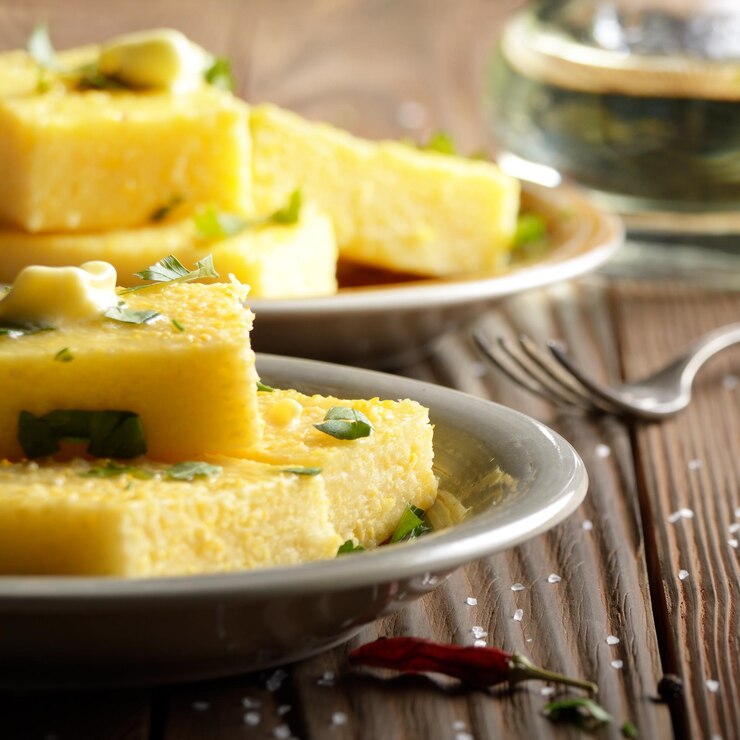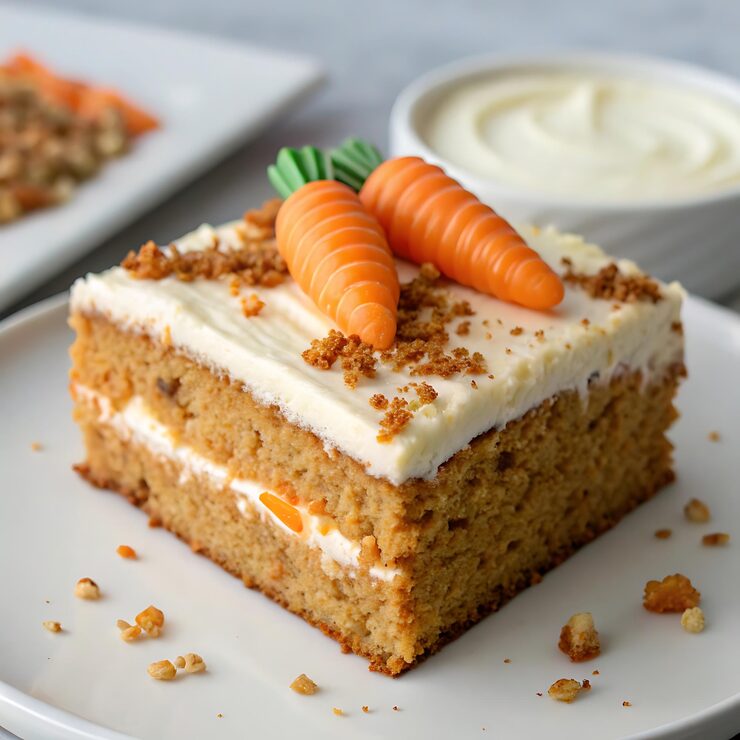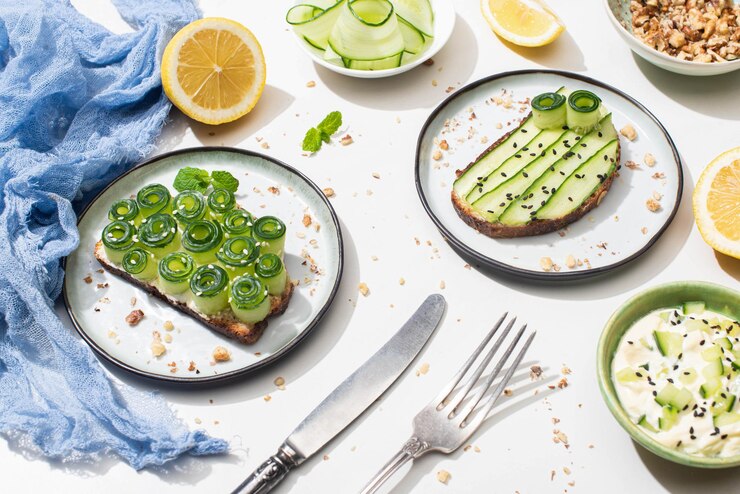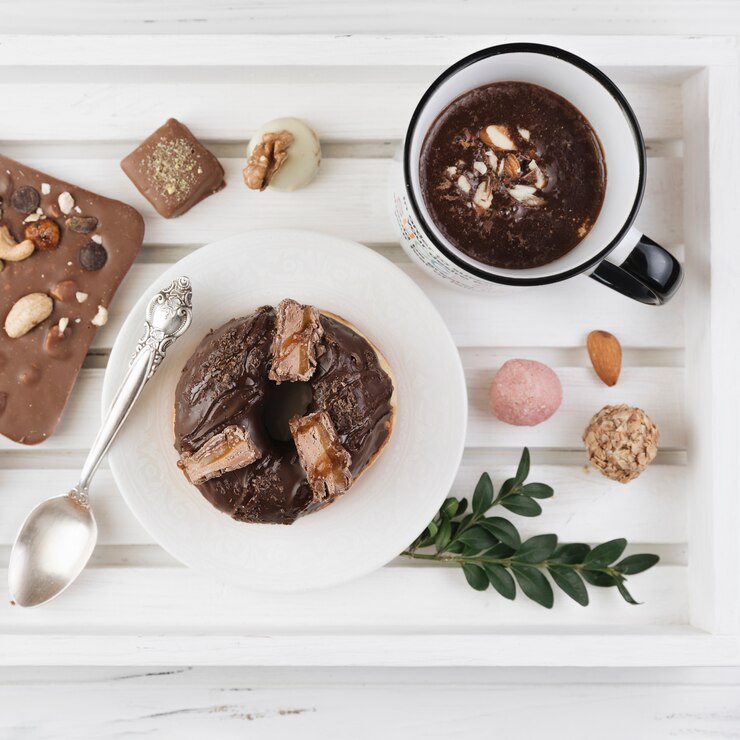Fish Food Recipe: Nutritious & Easy Homemade Guide
Looking for a healthy and cost-effective fish food recipe? Discover how to make homemade fish food with balanced nutrition for your aquarium fish!
Table of Contents
Introduction
Making your own fish food at home is a great way to ensure your aquarium fish get high-quality nutrition without relying on commercial products. Store-bought fish food often contains fillers and preservatives that may not be ideal for long-term fish health. With a homemade recipe, you can control the ingredients, ensuring a well-balanced diet for your aquatic pets.

Essential Ingredients
A balanced fish diet requires a mix of proteins, carbohydrates, and essential nutrients. Here’s what you need:
Proteins (Primary Source of Nutrition)
- Fish fillets (salmon, tilapia, or cod)
- Shrimp or krill
- Earthworms or mealworms
- Egg yolks
Carbohydrates (Energy Source)
- Rice or oats (cooked and softened)
- Gelatin (used as a binder)
Vegetables (Vitamins & Fiber)
- Spinach or kale
- Carrots
- Peas
- Seaweed (for marine fish)
Optional Additions
- Garlic (natural immune booster)
- Calcium powder (for strong bones and scales)
Equipment Needed
Before starting, gather these tools:
- Blender or food processor – For smooth mixing.
- Cooking pot – For softening certain ingredients.
- Ice cube trays – For freezing homemade food in small portions.
- Airtight containers – For proper storage.
Step-by-Step Recipe
1. Prepare the Ingredients
- Cook grains like rice or oats until soft.
- Steam or boil vegetables until tender.
- Blend fish fillets, shrimp, and any protein ingredients into a smooth paste.
2. Mix and Blend
- Combine proteins, vegetables, and carbohydrates in a blender.
- Add a small amount of gelatin to help bind the ingredients.
- Blend until you get a thick, smooth mixture.
3. Shape & Store
- Pour the mixture into ice cube trays and freeze for easy portioning.
- Alternatively, spread it thinly on a baking sheet and dry it to make flakes.
Types of Fish Food
1. Flakes
- Best for small fish like guppies and tetras.
- Made by drying the blended mixture and breaking it into flakes.
2. Pellets
- Suitable for larger fish like cichlids and goldfish.
- Roll the mixture into small balls and dry them.
3. Gel Food
- Great for bottom feeders and herbivorous fish.
- Mixed with gelatin to form soft, chewy pieces.
4. Live Food
- Examples include brine shrimp and bloodworms.
- Can be home-grown for added variety.
Customizing for Different Fish
- Herbivorous Fish: More plant-based ingredients like spinach and algae.
- Carnivorous Fish: High-protein sources such as shrimp and worms.
- Omnivorous Fish: A balanced mix of plant and protein sources.
Benefits of Homemade Fish Food
- Cost-Effective: Saves money compared to store-bought options.
- Nutritional Control: Tailored to your fish’s specific needs.
- Fresh & Natural: No artificial preservatives or fillers.
Common Mistakes to Avoid
- Overfeeding: Can pollute the water and harm fish health.
- Improper Storage: Always freeze or refrigerate to prevent spoilage.
- Unbalanced Diet: Ensure the right mix of proteins, veggies, and carbs.
FAQs
1. How long can homemade fish food be stored?
Frozen fish food lasts up to 3 months, while dried flakes last about 1 month.
2. Can I feed my fish only homemade food?
Yes, as long as the food provides complete nutrition.
3. What’s the best binder for homemade fish food?
Gelatin works best as it helps keep the mixture firm and holds nutrients together.
4. Do different fish species need different diets?
Yes, herbivores, carnivores, and omnivores all require different food compositions.
5. Is garlic good for fish?
Yes! Garlic boosts fish immunity and can enhance their appetite.
6. Can I use human food for my fish?
Some human foods, like cooked rice and spinach, are safe, but avoid processed or seasoned items.
Conclusion
Creating your own fish food recipe ensures a nutritious and cost-effective alternative to store-bought fish food. With the right mix of proteins, veggies, and carbohydrates, you can keep your fish healthy and vibrant. Experiment with different ingredients to find the best combination for your aquatic pets!






